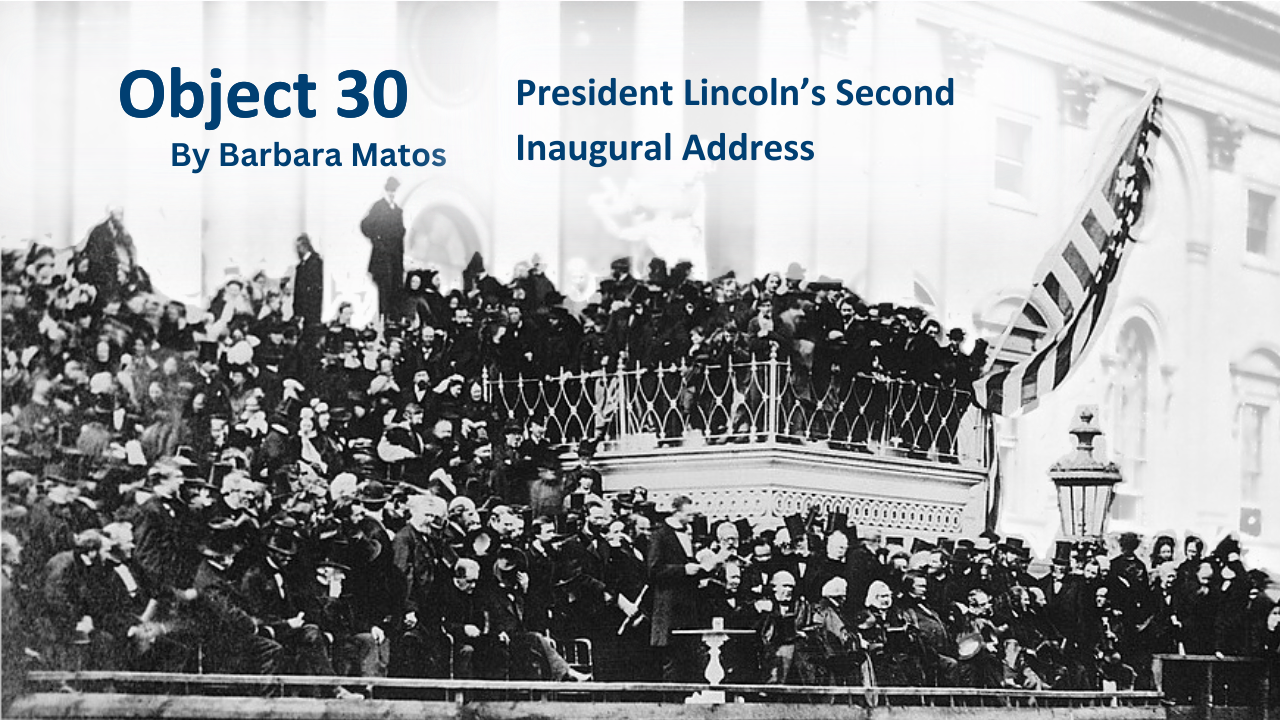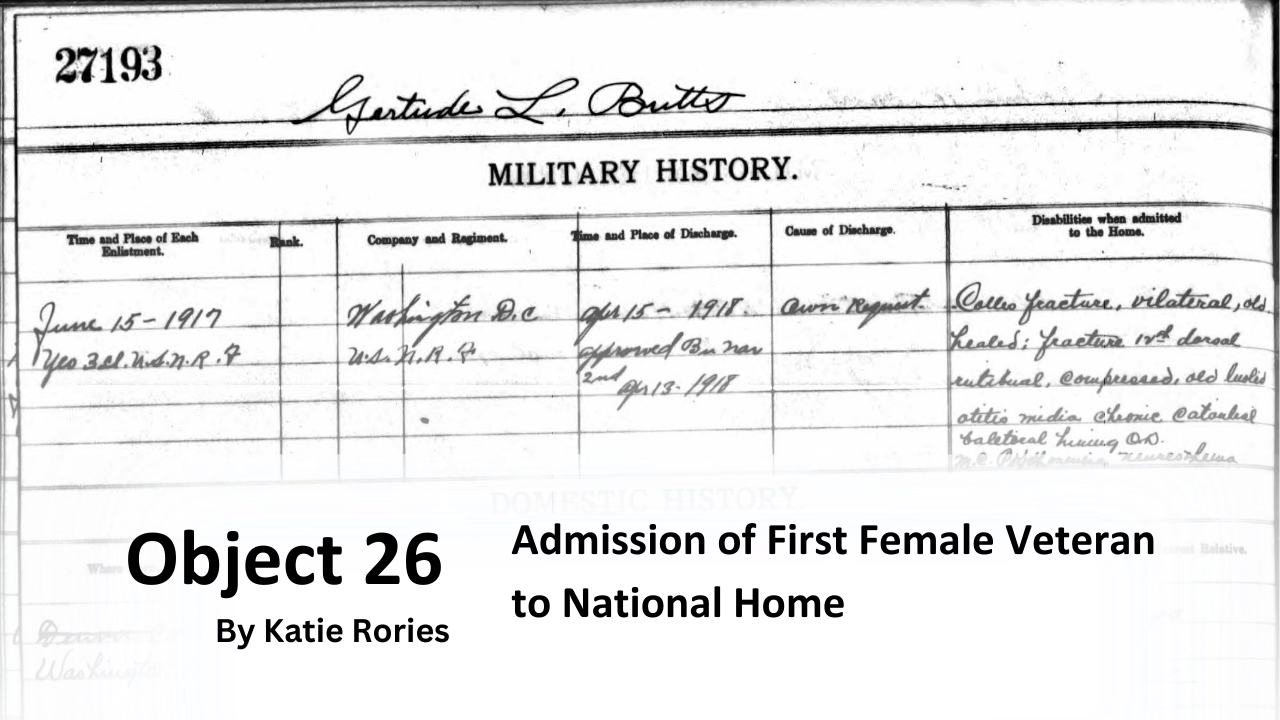
History of VA in 100 Objects
Object 34: President Zachary Taylor’s Well-Traveled Remains
Three burial vaults, two funeral processions a thousand miles apart, and a daytrip to quash an assertion of foul play–the remains of Zachary Taylor, the only U.S. president laid to rest in a VA national cemetery, have taken an especially tortuous path to their resting place in Louisville, Kentucky.

History of VA in 100 Objects
Object 33: The Million Veteran Program
In May 2009, twelve VA doctors and scientists gathered in a small conference room in Rockville, Maryland, to brainstorm about the design of VA’s first-ever large-scale genetic research program, the Million Veteran Program. They wanted to collect medical information from Veterans along with blood samples to extract DNA, with the goal of creating a genomic biobank or database for researchers to explore how genes affect health and disease

History of VA in 100 Objects
Object 32: U.S. Colored Troops Burial Petition
Just after Christmas in 1864, African American soldiers recuperating at the United States Colored Troops (USCT) L ‘Overture General Hospital in Alexandria, Virginia, submitted a petition for the right to burial alongside their White counterparts in the city’s Soldiers' Cemetery, one of the first national cemeteries established by the U.S. government during the Civil War.

History of VA in 100 Objects
Object 30: President Lincoln’s Second Inaugural Address
On March 4, 1865, as the Civil War entered its final weeks, President Abraham Lincoln second inaugural address was delivered from the East Portico of the U.S. Capitol. Four years earlier, he had stood in the same spot when he spoke to the crowd that had assembled for his swearing in as the sixteenth President of the United States.
This time, his speech focused on the task ahead for the country, a stirring call for healing and reconciliation. A significant section of his speech was a solemn promise to those who had fought to restore the Union: "...let us strive on to finish the work we are in; to bind up the nation’s wounds; to care for him who shall have borne the battle, and for his widow, and his orphan—to do all which may achieve and cherish a just and a lasting peace, among ourselves, and with all nations."

History of VA in 100 Objects
Object 28: 3D Kidney Tumor
In early 2019, the VA Medical Center (VAMC) in Seattle, Washington, made a breakthrough - creating a 3D kidney tumor model to address a medical issue. A pending surgical procedure called for the removal of a tumor from a Veteran’s kidney, complicated by a unique congenital configuration of the veins and arteries.

History of VA in 100 Objects
Object 24: Calverton Casket Flag
The onset of the COVID-19 pandemic in March 2020 transformed ordinary life for most Americans. Within VA, the National Cemetery Administration made the difficult decision to suspend funeral services to protect visitors and staff. Calverton National Cemetery in New York—an early pandemic epicenter—held a special service. On July 8, 2021, the cemetery presented a casket flag during a single solemn ceremony in which 849 Veterans belatedly received military honors.

History of VA in 100 Objects
Object 23: Oteen Veterans’ Hospital
After the United States entered World War I in 1917, the government hastily built new facilities both to train Army medical personnel and to provide care for soldiers wounded during the fighting or stricken with disease. Oteen Veterans' Hospital was one of these.







